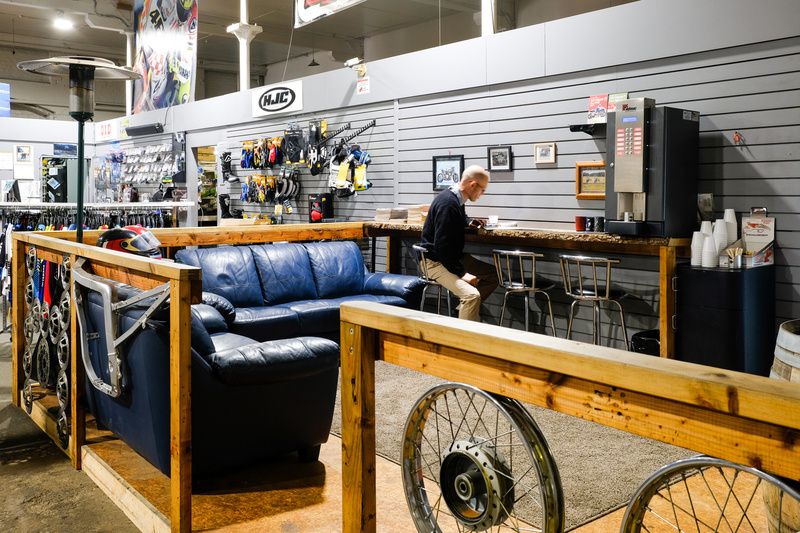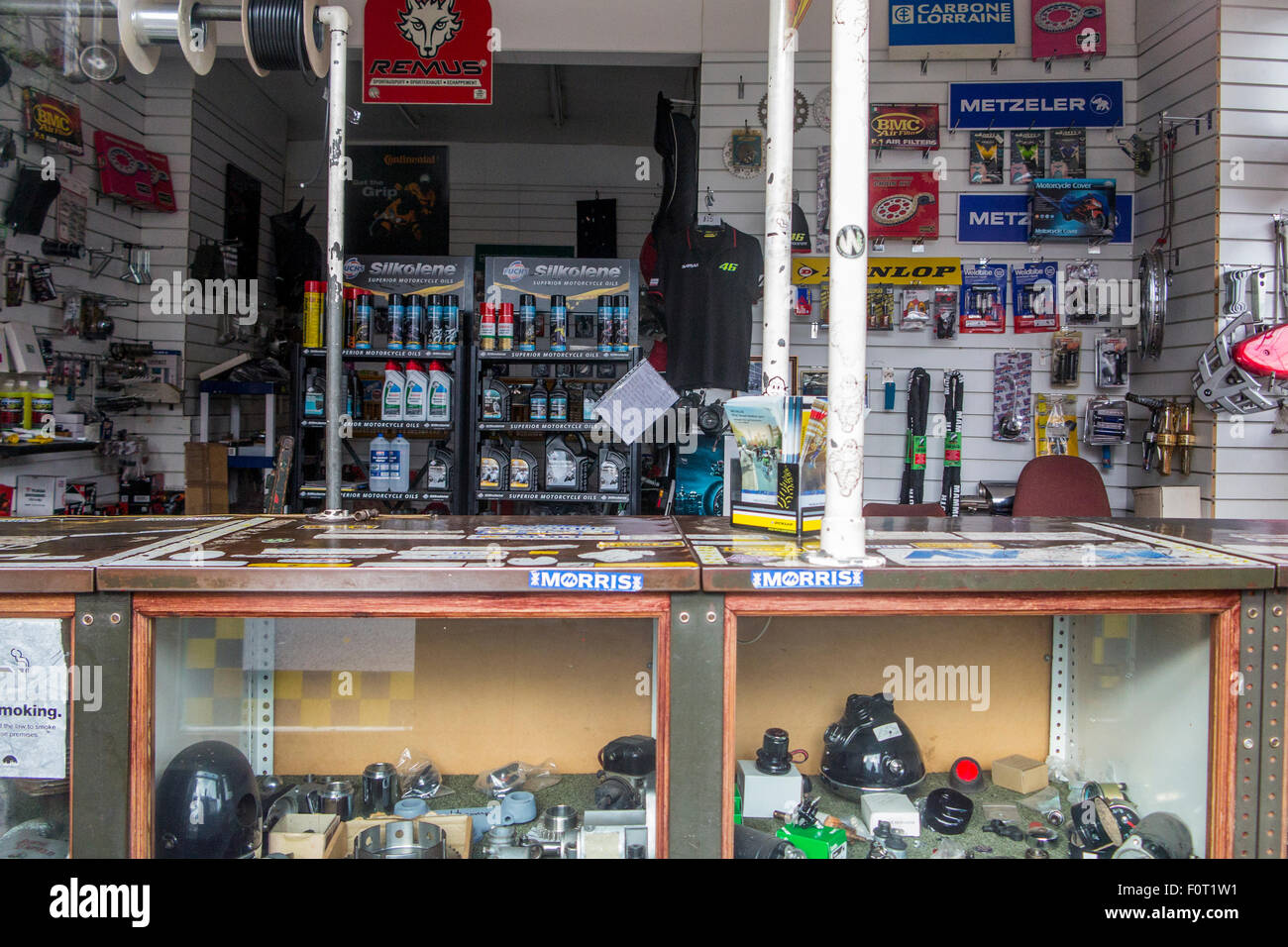Comprehending the Crucial Parts of a Motorcycle: A Comprehensive Guide for Fanatics
For motorbike lovers looking to boost their riding experience and ensure their bikes run efficiently, comprehending the necessary components of a motorcycle is vital. Each component, from the engine's detailed workings to the important duty of the stopping devices, not only affects efficiency yet additionally safety and security and comfort. This guide will certainly walk via the essential components that every rider need to be acquainted with, enabling educated selections in both maintenance and prospective upgrades. As we start this expedition, one must ask: exactly how does each element engage to develop the smooth trip every enthusiast seeks?
Engine Components

The camshaft plays a crucial duty in controlling the timing of the engine's shutoffs, ensuring the specific opening and closing needed for reliable gas and air consumption, in addition to exhaust expulsion. This timing is crucial to preserving optimal engine performance and efficiency. Furthermore, the carburetor or gas injection system, relying on the motorbike version, is in charge of blending air with gas in the proper proportion for burning.
The air conditioning system, either air or liquid-based, works to preserve the engine's temperature level within operational limits, avoiding overheating and making sure durability - mx parts nz. Each component, thoroughly designed and incorporated, contributes to the smooth procedure of the engine, specifying the motorcycle's power outcome and general efficiency
Transmission System
Important to the motorcycle's capability, the transmission system guarantees reliable power transfer from the engine to the wheels. This system makes up numerous essential elements, including the clutch, transmission, and final drive, each playing a vital role in converting the engine's power into motion. The clutch, typically run by a hand bar, serves to disengage the engine and engage from the transmission, allowing for smooth gear modifications and controlled velocity.
The transmission, frequently referred to as the transmission proper, contains a set of equipments that cyclists can by hand change through to change the bike's rate and torque outcome. These gears are organized in a sequence that allows the motorbike to accelerate smoothly and preserve optimum engine efficiency throughout numerous rates. The majority of motorbikes use a consecutive gearbox, needing the biker to shift gears in a fixed order.
Braking Systems
While recognizing the transmission system is essential to using a motorcycle's power, equally vital is the ability to regulate and stop that power effectively, which is where stopping devices enter play. Brakes are critical for safety and security and performance, providing the rider with the necessary control to browse numerous terrains and conditions. Typically, motorbikes feature two kinds of braking systems: disc brakes and drum brakes.
Disc brakes are extra prevalent in contemporary motorbikes due to their premium performance. This system supplies much better warmth dissipation, regular performance, and enhanced quiting power, especially in damp problems.
On the other hand, drum brakes, though less usual, are still discovered in some bikes. They work by pushing brake footwear against the inner surface of a drum connected to the wheel. While typically less efficient in warm dissipation and quiting power, drum brakes are less complex and much more cost-efficient.
Comprehending these braking systems' subtleties allows motorcyclists to maintain their bikes properly and value the design that ensures reliable and secure stopping.
Suspension and Guiding
Suspension and guiding systems are vital elements that dramatically influence a bike's handling and trip convenience. The suspension system, being composed of forks at the front and shock absorbers at the back, takes in road irregularities, improving security and control. Front forks, usually telescopic or inverted, compress and rebound to alleviate effects, crosser helmet while rear shock absorbers keep tire contact with the road, vital for grip and safety and security.
Guiding, centered around the handlebars, connects the biker to the motorbike's directional control. The steering head bearings guarantee smooth procedure, permitting specific maneuverability. Appropriate alignment and upkeep of these bearings are essential for predictable guiding feedback and decreasing cyclist exhaustion.
The suspension's adjustability is one more critical aspect; preload, damping, and rebound setups enable personalization to suit numerous riding conditions and styles. This versatility is important for maximizing performance, whether navigating urban streets or tackling tough routes. Advancements like digital suspension systems use real-time changes, enhancing trip quality throughout diverse terrains.

Electrical Systems
After making certain a regulated and smooth trip through efficient suspension and steering systems, attention transforms to the electric systems, a pivotal element of modern-day motorcycles. These systems play a crucial duty not only in beginning the engine yet also in powering various parts that improve the performance and security of the motorcycle.
At the heart of a bike's electrical system is the battery, which shops electric power required for beginning the engine and powering supporting systems - motocross gear nz. The generator or generator, coupled with the rectifier-regulator, guarantees the battery stays billed while the motorbike functions, converting mechanical power into electric energy and keeping voltage levels
The ignition system, one more crucial element, is accountable for sparking the air-fuel combination in the engine's cyndrical tubes. Modern motorbikes frequently use an electronic ignition system, supplying greater efficiency and reliability compared to conventional systems.
Illumination systems, consisting of find out this here fronts lights, tail lights, and indications, are likewise essential, making sure visibility and security for the cyclist. Extra electronic components such as sensing units, control systems, and displays add to sophisticated functions like fuel injection management, anti-lock braking systems (ABS), and electronic control panels, better improving the riding experience.
Final Thought
A thorough comprehension of a motorcycle's necessary parts, including the engine, transmission system, stopping systems, suspension, steering, and electric systems, is essential try these out for fanatics aiming to optimize safety and security, efficiency, and convenience. Proficiency of these aspects permits notified decisions pertaining to maintenance and upgrades, eventually enhancing the riding experience. By integrating this knowledge, motorcyclists can ensure their motorbikes operate at peak efficiency and dependability, thus optimizing both pleasure and longevity of their cars.
For motorbike lovers looking to elevate their riding experience and ensure their bikes run smoothly, recognizing the essential parts of a motorcycle is critical.Essential to the bike's performance, the transmission system makes sure effective power transfer from the engine to the wheels.While comprehending the transmission system is essential to utilizing a bike's power, equally important is the capacity to control and stop that power properly, which is where braking mechanisms come right into play. Generally, bikes feature two kinds of stopping systems: disc brakes and drum brakes.
A complete understanding of a motorbike's crucial components, including the engine, transmission system, braking mechanisms, suspension, guiding, and electric systems, is vital for enthusiasts aiming to maximize efficiency, convenience, and security.